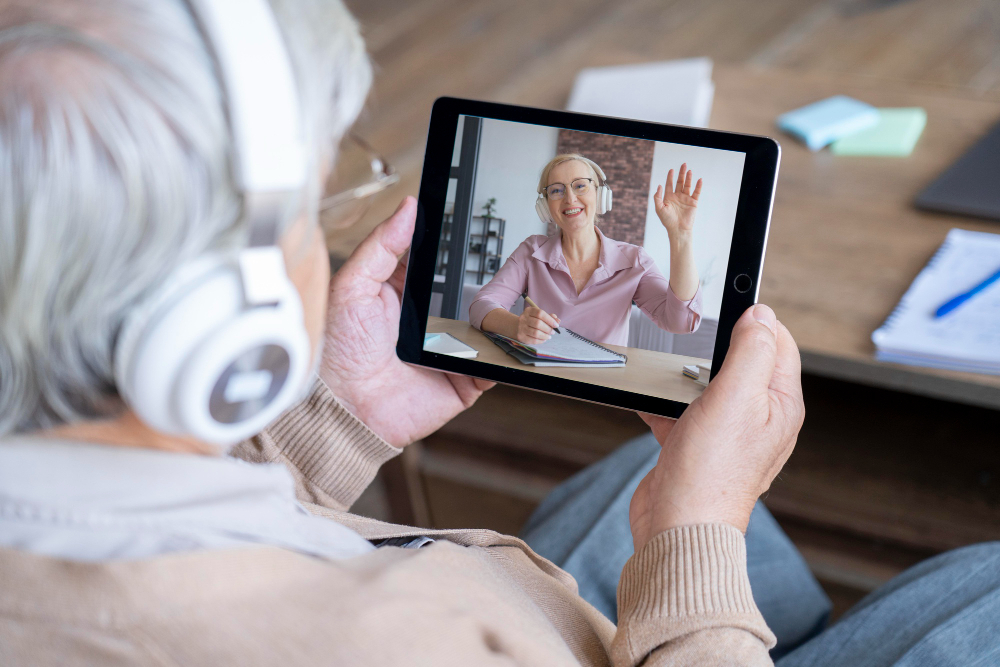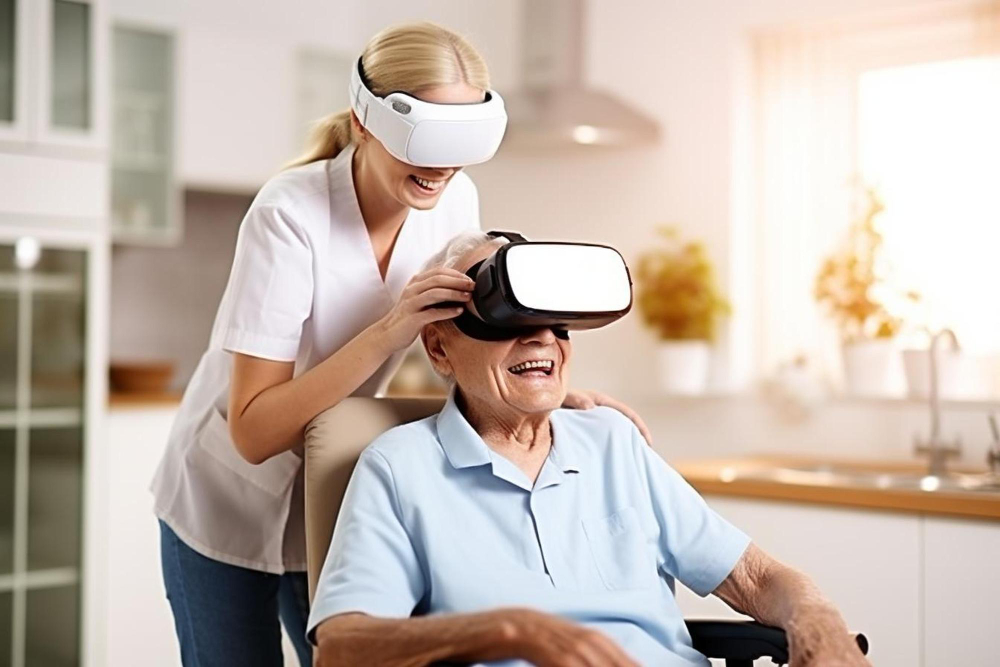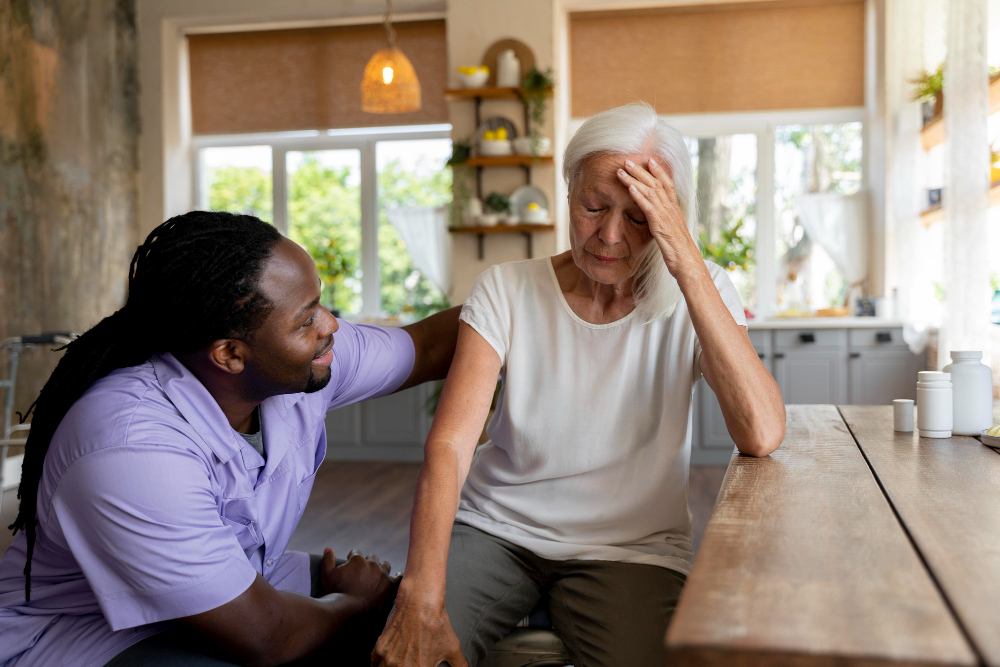
Introduction
Residential care homes have come a long way from the traditional settings of yesteryear. Today, they are becoming hubs of innovation, integrating advanced technologies to improve the quality of life for their residents. From healthcare advancements to smart home integrations, technology is transforming the way care is delivered and experienced. So, what exactly are the technologies being used in residential care homes today? Let’s dive in and find out.
Advanced Medical Devices
Remote Patient Monitoring

Remote patient monitoring (RPM) has revolutionized healthcare in residential care homes. This technology allows healthcare professionals to track residents’ vital signs and health metrics from a distance, ensuring continuous monitoring without the need for constant in-person visits.
Benefits for Residents and Staff
RPM reduces the need for frequent hospital visits, thereby minimizing disruption to the residents’ routine. It also allows staff to promptly address any health anomalies, ensuring timely interventions and better overall health management.
Wearable Health Technology
Wearable health devices are becoming commonplace in residential care settings. These gadgets can monitor heart rate, blood pressure, and even detect falls, providing a comprehensive health overview of the residents.
Types of Wearables Used
Common wearables include smartwatches, fitness trackers, and specialized medical devices like continuous glucose monitors. These devices help in maintaining daily health logs and alerting staff in case of any irregularities.
Telemedicine
Telemedicine has become an invaluable tool, especially in the wake of the COVID-19 pandemic. It allows residents to consult with healthcare providers without leaving the comfort of their homes.
Impact on Resident Health
Telemedicine ensures that residents have access to specialist care and routine check-ups without the need for travel, reducing stress and exposure to potential health risks.
Smart Home Integration
Voice-Activated Assistants

Devices like Amazon Echo and Google Home are now part of the care home ecosystem. These voice-activated assistants help residents with daily tasks, from setting reminders to controlling smart home devices.
Enhancing Daily Living
Voice-activated assistants provide a sense of independence for residents, allowing them to manage their day-to-day activities with ease and minimal assistance from staff.
Automated Lighting and Climate Control
Automated systems that adjust lighting and temperature based on time of day or resident activity are increasingly popular. These systems ensure a comfortable living environment while also conserving energy.
Benefits for Elderly Residents
Such technologies can significantly improve the comfort and safety of elderly residents, reducing the risk of falls and ensuring an optimal living environment tailored to their needs.
Smart Appliances
Smart refrigerators, ovens, and other appliances are making their way into care homes, designed to be user-friendly and safe for elderly use.
Improving Safety and Convenience
These appliances often come with safety features such as automatic shut-off and voice control, making them convenient and reducing the risk of accidents.
Security and Safety Technologies

Surveillance Systems
Modern surveillance systems in care homes are designed to ensure the safety and security of residents. These systems include CCTV cameras and motion detectors strategically placed throughout the facility.
Ensuring Resident Safety
These systems provide peace of mind by allowing staff to monitor activity and respond swiftly to any unusual occurrences, ensuring a secure environment for all residents.
Emergency Response Systems
Emergency response systems are crucial in residential care homes. These systems allow residents to quickly summon help in case of an emergency, such as a fall or sudden illness.
Quick Access to Help
These systems often include wearable emergency buttons or pull cords placed in key locations, ensuring that help is always within reach.
Fall Detection Systems
Fall detection technology uses sensors to identify when a resident has fallen and immediately alerts staff, allowing for a rapid response to potentially serious situations.
Preventing Injuries
By promptly addressing falls, these systems help in reducing the risk of prolonged immobility and further injury, ensuring that residents receive quick and appropriate care.
Communication and Social Connectivity
Video Calling Platforms

Platforms like Zoom and Skype have become essential tools in care homes, enabling residents to maintain contact with family and friends.
Reducing Social Isolation
Regular video calls help in reducing feelings of loneliness and isolation, which are common issues among elderly residents in care homes.
Social Media and Networking
Social media platforms are also being utilized to keep residents connected with their loved ones and the world outside.
Keeping Families Connected
These platforms allow for sharing updates, photos, and messages, helping families stay involved in the lives of their loved ones even from a distance.
Digital Communication Tools
Tools such as email, instant messaging, and care management apps streamline communication between staff, residents, and their families.
Streamlining Staff and Family Communication
Effective communication ensures that everyone is on the same page regarding the care and well-being of the residents, fostering a collaborative care environment.
Cognitive and Recreational Technologies
Virtual Reality Therapy

Virtual reality (VR) is being used for therapeutic purposes in care homes, offering immersive experiences that can help with cognitive stimulation and emotional well-being.
Benefits for Cognitive Health
VR therapy has shown promise in helping residents with conditions like dementia by providing stimulating environments that can trigger memories and enhance cognitive functions.
Interactive Gaming Systems
Gaming consoles and interactive gaming systems are being introduced to encourage physical activity and social interaction among residents.
Promoting Physical Activity
These systems often feature games that require movement, helping residents stay active and engaged in a fun and interactive way.
Digital Entertainment Systems
Modern entertainment systems with access to movies, music, and online content provide endless entertainment options for residents.
Enhancing Quality of Life
Access to a variety of entertainment options helps in keeping residents mentally stimulated and entertained, improving their overall quality of life.
Administrative and Operational Technologies
Electronic Health Records (EHR)
EHR systems are transforming how resident health data is managed, making it easier for staff to access and update medical records.
Streamlining Patient Data
EHR systems ensure that all health information is stored in a centralized, easily accessible format, improving the efficiency and accuracy of care.
Staff Management Software
Staff management tools help in scheduling, task management, and communication, ensuring smooth operations within the care home.
Improving Operational Efficiency
These tools allow for better coordination among staff members, leading to more efficient care delivery and improved resident outcomes.
Inventory Management Systems
Automated inventory management systems help in tracking supplies and ensuring that essential items are always in stock.
Ensuring Adequate Supplies
These systems prevent shortages and overstocking, ensuring that residents always have access to necessary supplies and medications.
Conclusion
The integration of technology in residential care homes is not just a trend but a necessity in today’s world. These advancements are enhancing the quality of care, ensuring the safety and well-being of residents, and making life easier for staff. As technology continues to evolve, we can expect even more innovative solutions that will further transform residential care homes, making them safer, more efficient, and more enjoyable places to live. For care home operators and assisted living facilities operators or owners, staying abreast of these technological advancements is crucial to providing the best possible care.
Frequently ask questions FAQs
What are the primary benefits of using technology in residential care homes?
Technology enhances the quality of care, ensures resident safety, improves communication, and makes daily living easier for both residents and staff.
How does telemedicine improve resident health in care homes?
Telemedicine allows residents to consult with healthcare providers remotely, reducing the need for travel and ensuring timely medical consultations.
What types of wearable health technologies are commonly used in care homes?
Common wearables include smartwatches, fitness trackers, and specialized medical devices like continuous glucose monitors.
How do smart home integrations enhance the living experience for elderly residents?
Smart home technologies like voice-activated assistants, automated lighting, and climate control systems provide convenience, enhance safety, and improve the overall living environment for elderly residents.
What measures are in place to ensure the security and privacy of residents using these technologies?
Measures include robust surveillance systems, secure emergency response systems, and strict protocols for data privacy and security to protect resident information and safety.


